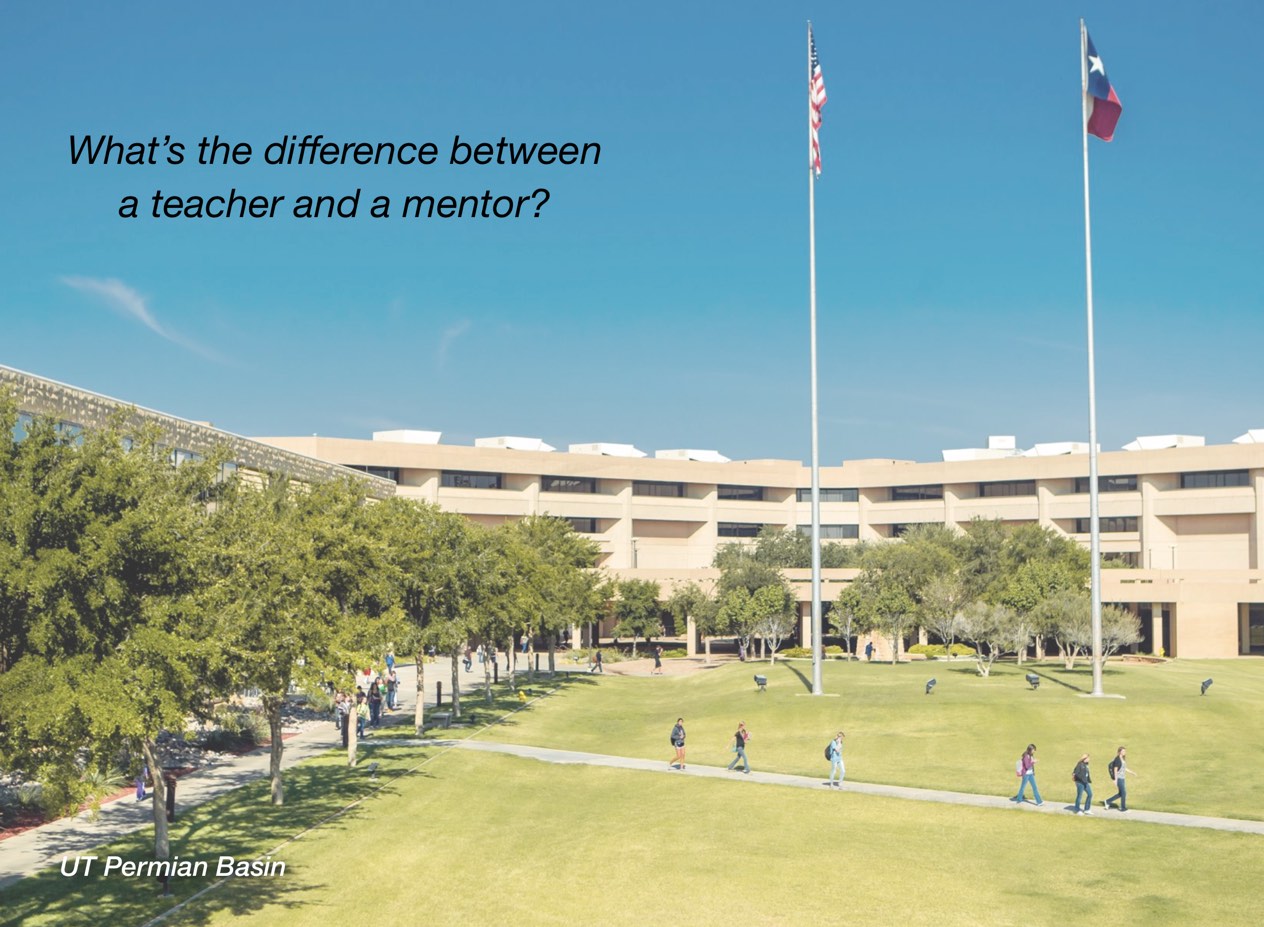38 Teach Effective Thinking


Michael Starbird
The core purpose of the University of Texas at Austin is “to transform lives for the benefit of society.” The core purpose is not to award degrees, to give grades, or even to teach students what is now known. The core purpose is to transform lives. That transformation refers to developing the potential of our students to become more able members of the world community. Our challenge is to empower our students to solve problems, including many that may not even exist today. How can we succeed in the daunting task of preparing students to be able to address challenges beyond those we can dream of?
The answer is that we must teach students to become lovers of lifelong learning and to become effective thinkers – that is, to become people who think creatively and insightfully out of habit.
The class that had the most impact on me during my own formal education was one I took in my first year of graduate school. The course was taught in a manner that I considered quite odd at the time. We students were presented with a list of theorem statements and exercises. We were told that our job was to prove the theorems on our own using no resources other than our minds. For the first several weeks I sat in the back of the room watching other students present their work at the board. Even though the format of the class had been clearly described, it did not occur to me that I was really expected to prove the theorems. I had never before proved theorems on my own. I remember a moment in the class several weeks into the semester when one of the exercises was particularly challenging. No one had been able to prove that theorem for several days. Then the student who sat next to me, whose name was Randy, raised his hand and said he could prove it. He went to the board and successfully proved it as I watched. I had not even attempted to prove that theorem. But I remember saying to myself, “I could have done that.” At that moment I realized that I should actually prove the theorems on my own.Keeping that clarity of purpose at the forefront of our minds informs daily decisions in our classrooms. We might resist the temptation to impose one more unpleasant requirement in an effort to coerce students to cover the packed syllabus. Instead, we might allow students the luxury of the joyful exploration of fundamental ideas. We might design class experiences so that students model independent and creative thinking, including making errors, raising questions, and anticipating the flow of ideas.
With that change in perspective, I enjoyed the great pleasure of proving all the delightfully difficult theorems for the rest of the year. The challenges were like a jar of delicious candy to me. Under that method of instruction, I learned the material in a far deeper way than I had ever learned any knowledge before. At the conclusion of the year, and to this day, I could easily take out a blank piece of paper and write down the entire content of the course, including the statements and proofs of all the theorems.
One goal of education is to transform students from consumers of knowledge into producers of knowledge. It is an exhilarating transformation. Teaching the joy of thinking can encourage students to become the independent, creative thinkers with whom we would prefer our world be populated.


Chapter 38 Commentary: Brent Iverson
“Michael Starbird seeks to develop students who “think creatively and insightfully out of habit.” Michael recounts how he learned that lesson in a class in which each student was challenged to use only paper, pencils and their own mind to prove mathematical theorems. By the end of the course, he had learned how to think effectively. We should all develop ways to introduce this kind of essential thinking exercise into our own classes.
No matter the approach taken, all faculty must strive to help students think for themselves and learn on their own. Our graduates’ collective futures will not be filled with tests to be taken, but rather real problems to be solved. The most important of those problems will probably not even become evident for decades to come. The best and therefore right answers will only emerge from the type of effective thinking and genuine insight derived from a lifetime of learning and thinking."

